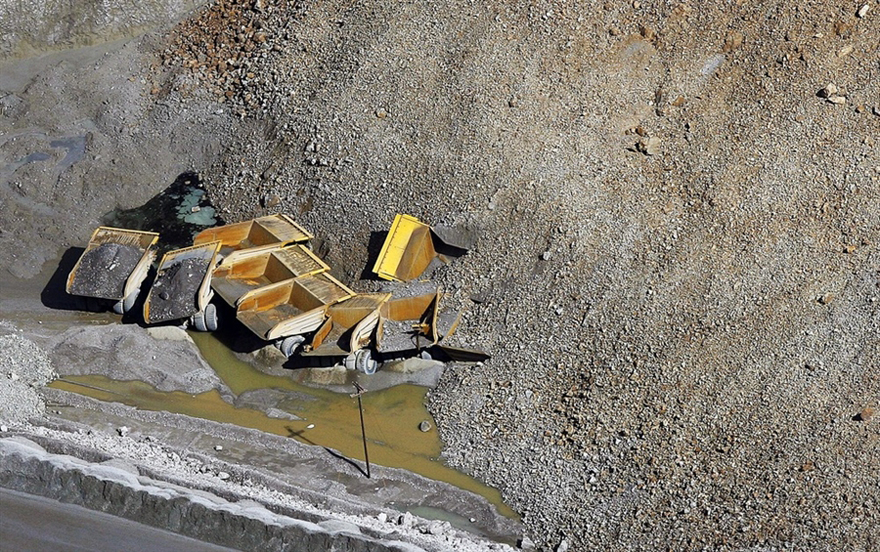Rio Tinto reports landslip at part of US Bingham Canyon copper mine

Rio Tinto said on Wednesday that an anticipated landslip occurred at the southeast corner of its US Bingham Canyon copper mine in Utah on May 31, causing no injuries to personnel but disrupting operations.
Rio said the landslip had been expected based on geo-technical monitoring at the mine, and all personnel had been removed from the area in advance to ensure safety. Rio didn’t give any estimate for potentially lost production at the mine or impact on equipment, if any.
In 2013 the same mine suffered a significant landslide that damaged equipment and a building structure, as well as crimping its concentrate production.
ARCHIVE: Photo essay of Bingham Canyon after 2013 landslide
“We continue to monitor the situation and will resume work in the area when it is safe to do so. Other parts of the mine and the Rio Tinto Kennecott operation continue to run as normal,” it said in a statement.
Kennecott produced 140,000 tonnes of copper in 2020, and the disruption comes amid a short supply of copper concentrate globally, partly due to logistics challenges brought on by covid-19 pandemic shutdowns.
One measure of copper concentrate supply comes in the fees that smelters charge miners to refine their concentrate into metals.
Low fees typically signal short supply, and treatment and refining charges were nearly halved from year-ago levels to hit decade lows of $30.5 a tonne and $3.05 a pound in mid-April, before recovering to $35.50 a tonne on Wednesday.
(By Melanie Burton; Editing by Tom Hogue and Kenneth Maxwell)
{{ commodity.name }}
{{ post.title }}
{{ post.date }}

Comments